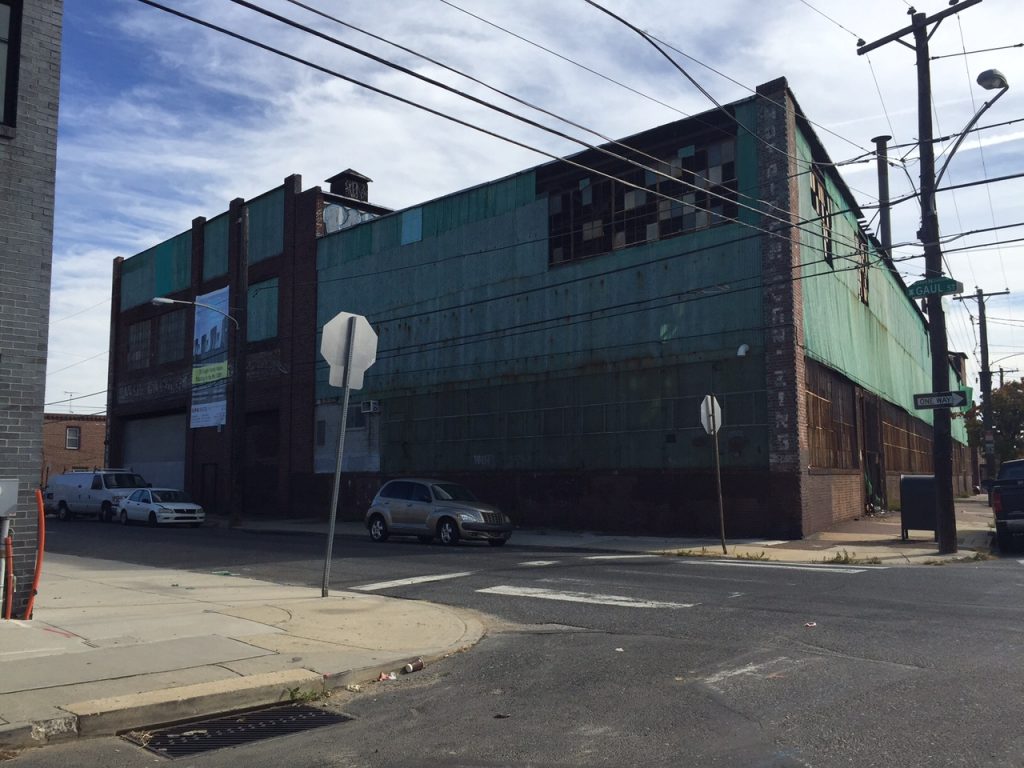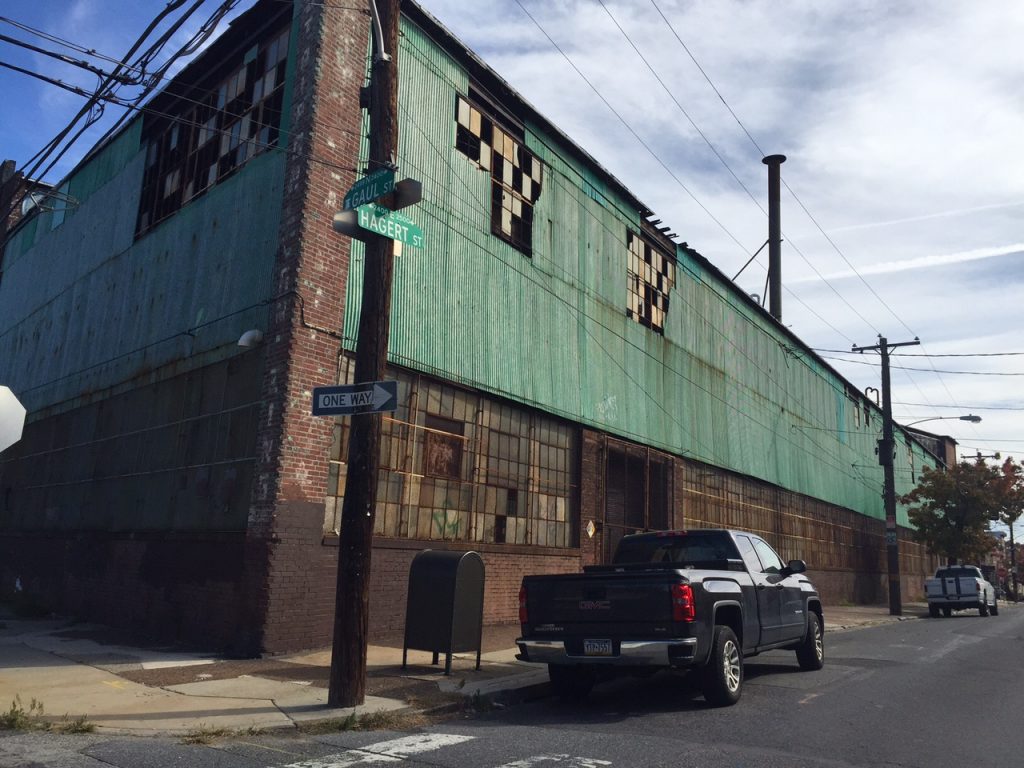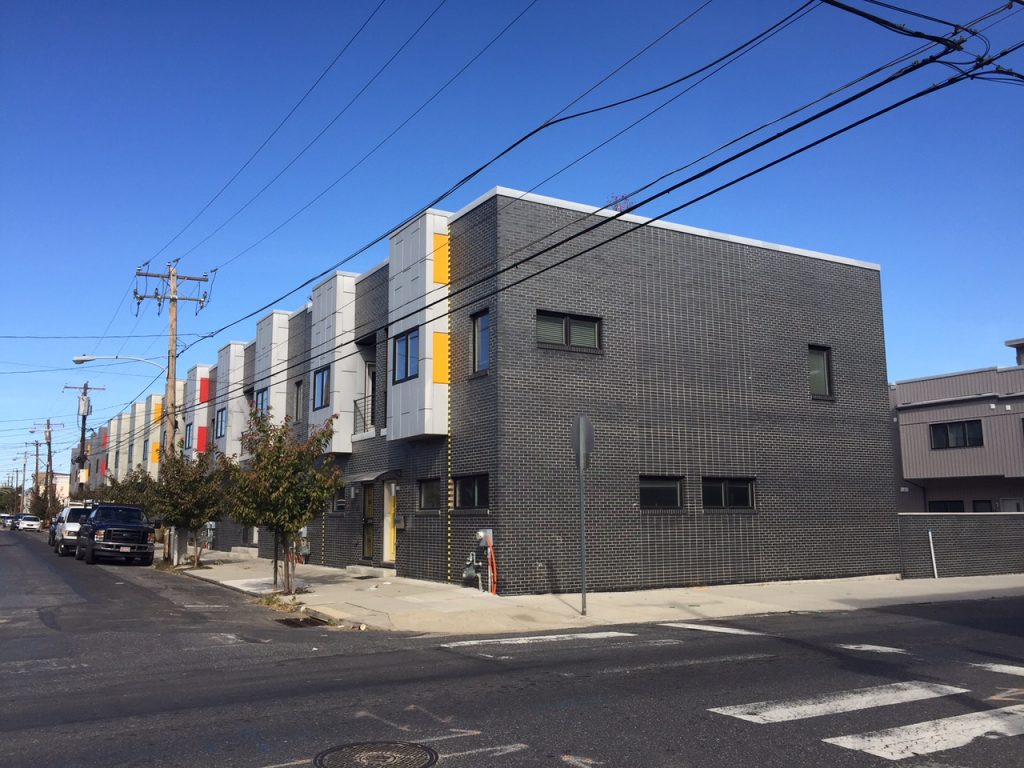If you’re old enough, you remember when smoking on airplanes was a thing. Considering that through the lens of 2017, it seems crazy. Non-smokers were trapped in a smoky cabin for the length of every flight. People has lighters and matches on planes! Sheer madness. Then again, we’ve learned countless health and safety lessons as a society over the years, with cigarettes on planes resting pretty low on the totem pole of bad ideas.
To wit, it was once very common for heavy industrial sites to sit alongside or right in the middle of residential neighborhoods. Washington Avenue was once a collection of coal yards and factories, with Point Breeze on one side and what’s now known as the Graduate Hospital neighborhood on the other side. Kensington was once known as the Workshop of the World, with countless factories and associated warehouses dotting the landscape of the neighborhood. There were numerous factories in the River Wards as well, with roughly a dozen lead smelting plants in and around Fishtown. These businesses employed a large percentage of the local population, but their resultant pollution surely impacted quality of life in the neighborhood in a a variety of ways.
As residential development has reawakened interest in former industrial neighborhoods, we’ve seen a mixed bag when it comes to old factories and warehouses. Some buildings have been reused, while others have been demolished in anticipation of redevelopment. Some sites were so contaminated that reuse was impossible, like the former Anzon site on Aramingo Avenue. That property was demolished, backfilled, and paved over, and now it’s a huge shopping center. Another property that’s too contaminated to reuse is nearby, the former Cattie galvanization plant at the corner of E Hagert & Gaul.


About two years ago, we told you that developers had purchased this property and had plans to tear it down and build 23 homes with parking. The community pushed back against this project, not because they opposed residential development at this location, but because of concerns about the dangers around demolition of the old building. Per the Old Richmond Civic Association, the last occupant of this building dipped metal sheets in galvanization baths in the floor for decades, creating contamination plumes in the ground full of heavy toxic metals. Further, the walls and ceiling of the building are also contaminated.
In 2016, new developers purchased the property for $1.26M. The community group recently learned that these developers have filed for a demolition permit, ostensibly in preparation for some kind of residential development. ORCA is keeping a close eye on the situation, and will work to ensure the safe demolition of this extremely contaminated building. We’re not so concerned about the exact plans for the property at this point, we’re mostly interested in learning some details on how to safely take down a building like this. We have to think that the State or even the Federal government will have to get involved before everything is said and done.

The folks who live nearby will surely be following this process carefully, every step of the way.
